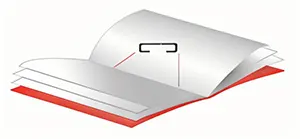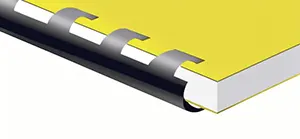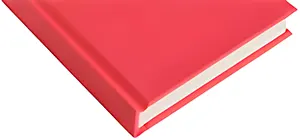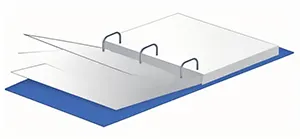Paper Recommendation:
Offset paper, also known as woodfree paper, offers clear and non-reflective printing, making it ideal for book printing. Common thicknesses include 60gsm, 70gsm, 80gsm, 100gsm, and 120gsm. For the cover, we recommend using 250gsm or 300gsm coated paper, also known as art paper or coated artboard. This provides a sturdy and professional finish, enhancing the overall look and feel of your book.
Binding Options:
For spines less than 3mm: Saddle stitch binding is recommended.
For spines exceeding 3mm: Perfect binding is recommended.
Additional binding options include wire binding, comb binding, strip stapled, ring binding, and hardcover book binding.
Customization Options:
Sizes available: A4 (210×297mm), A5 (148×210mm), B5 (176×250mm), or customized sizes.
Printing options: Black & white, full color (CMYK), or customized.
Various customization options include shape style, paper type, color, size, lamination, UV printing, hot stamping, embossing, etc.
Consultation:
For inquiries regarding the book printing process, cost estimation, and technical consultation on aspects such as paper selection, color choices, size considerations, binding options, and more, please feel free to contact us. We are dedicated to providing satisfactory answers to all your queries.







